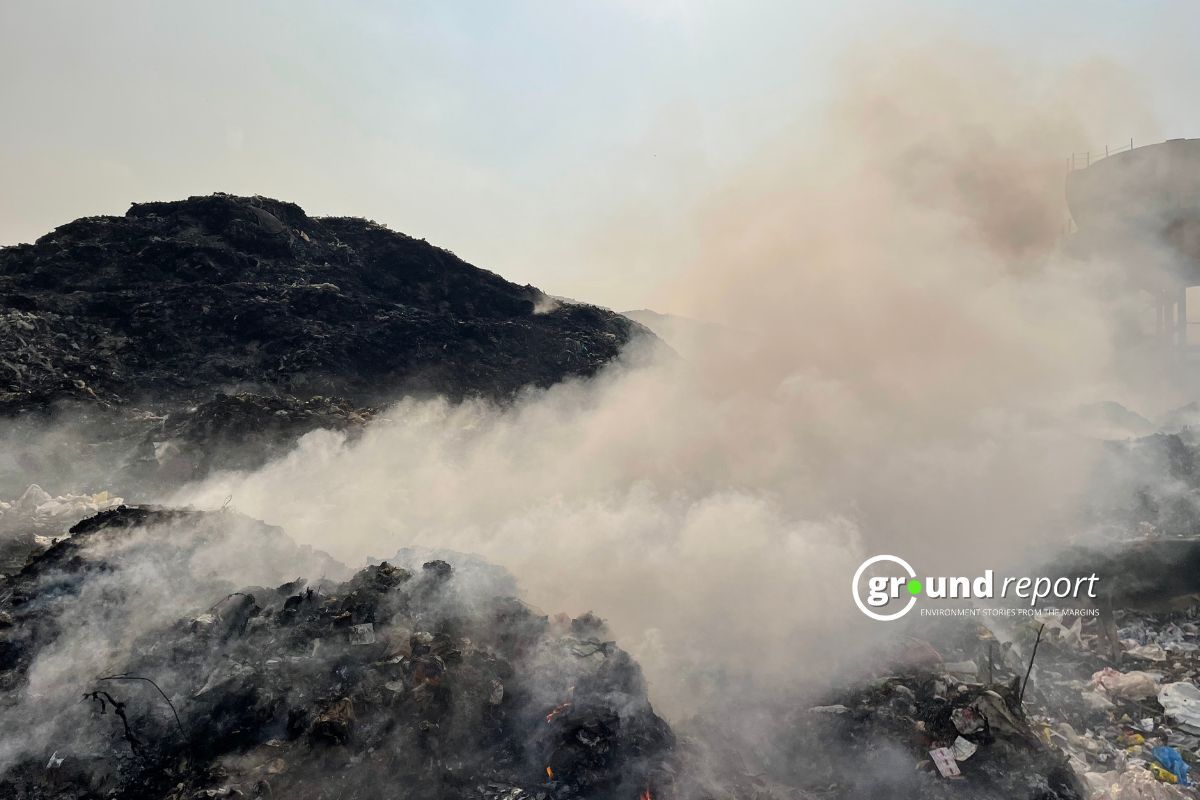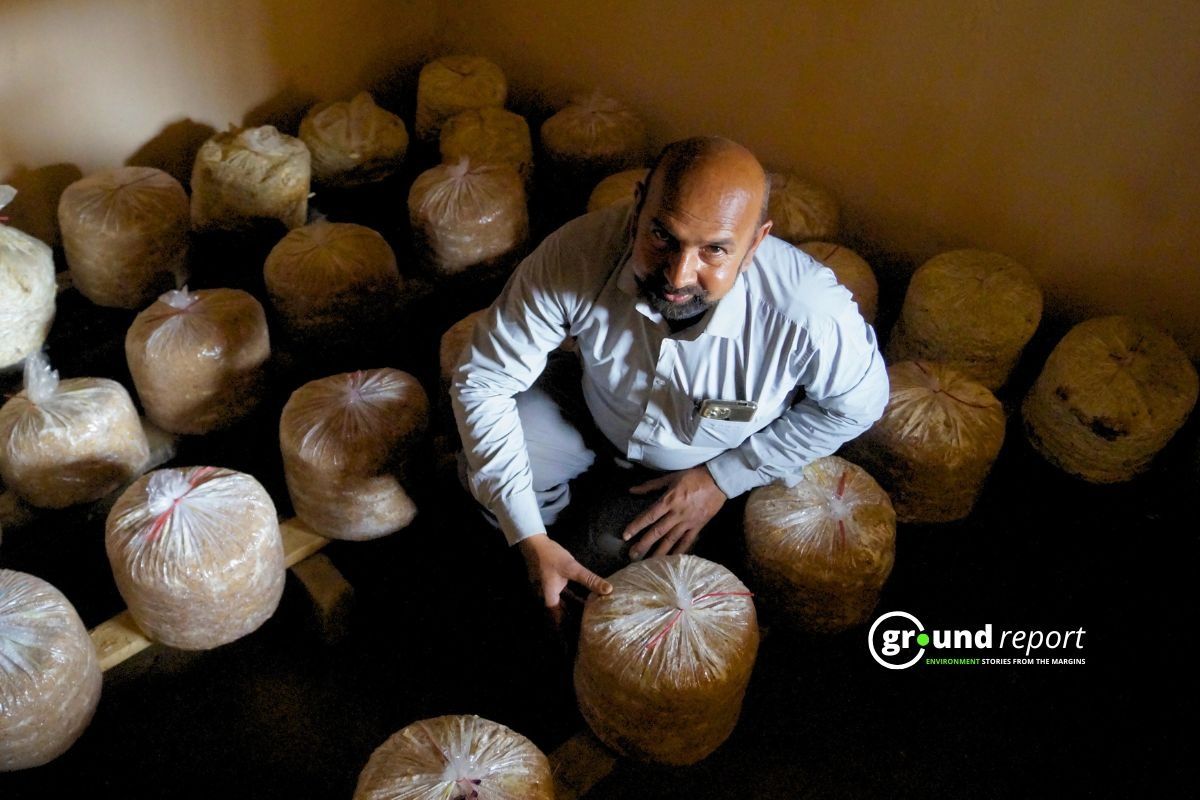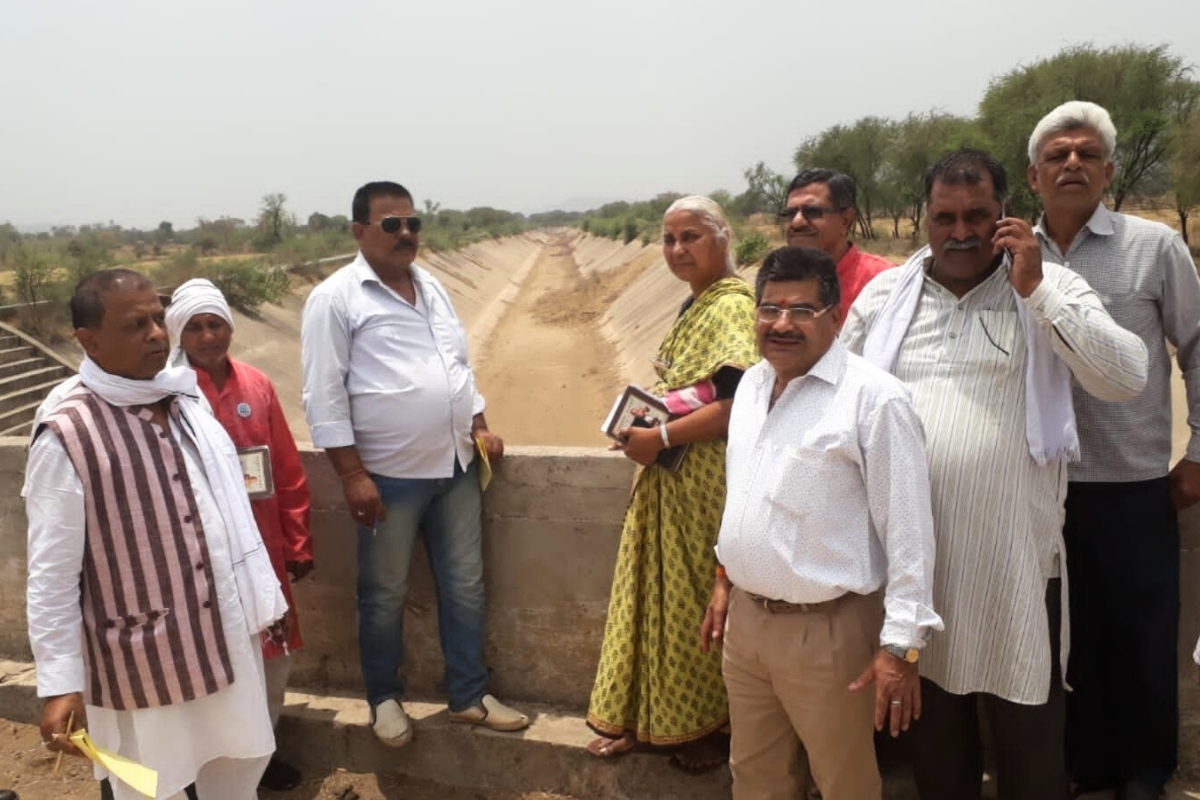A new study reveals soil as a critical, often overlooked contributor to global warming. Once seen as a carbon sink, soil is now a significant source of greenhouse gases, accounting for 15% of the total global warming increase. This finding underscores the urgent need for action as human activities related to soil management worsen the climate crisis.
Soil now contributes significantly to global warming
The research, published in SOIL on December 6, 2024, resulted from collaboration between scientists from the University of Queensland, the University of Aberdeen, and Nanjing Agricultural University. The study analyses soil’s role in global greenhouse gas emissions, focusing on carbon dioxide (CO2), nitrous oxide (N2O), and methane (CH4)—three gases with significant climate impact.
For decades, climate change mitigation efforts have focused on reducing emissions from fossil fuels and industrial activities. However, a new study reveals that soil, through agricultural practices and land use changes, plays a major role in accelerating global warming. The researchers found that soil emissions contribute to 15% of the total increase in global warming caused by well-mixed greenhouse gases.
The study breaks down how soil contributes to this warming:
-
Carbon Dioxide (CO2): The most significant greenhouse gas emitted from soil, accounting for 74% of warming. CO2 is released primarily due to the loss of soil organic carbon (SOC), driven by land use changes like deforestation and agricultural expansion.
-
Nitrous Oxide (N2O): Responsible for 17% of soil-related warming, N2O emissions have surged recently due to increased nitrogen fertilizer use in agriculture. While essential for boosting crop yields, these fertilizers release potent greenhouse gases.
-
Methane (CH4): Contributing 9% of the warming, CH4 is primarily emitted from flooded rice paddies. Although its contribution is smaller than CO2 and N2O, CH4 has a greater heat-trapping ability, making its reduction crucial for limiting short-term climate impacts.
The research highlights the historical and ongoing effects of human activities on soil. While CO2 emissions from soil have slowed in recent decades, CO2 release from thawing permafrost in the Arctic and sub-Arctic is expected to rival emissions from land use change over the last 1,000 years. This underscores the importance of limiting future global warming to avoid the irreversible release of vast amounts of CO2 and CH4 from these regions.
The study warns that expanding agricultural land to meet rising food demand will likely exacerbate soil emissions. The UN’s Food and Agriculture Organization (FAO) projects that food production will require 165 million to 600 million more hectares by 2050. This increase will jeopardize soil’s ability to act as a carbon sink and contribute to rising emissions.
Stop land use changes
The study authors emphasize that addressing soil-based emissions is essential for meeting international climate goals, particularly the target of limiting global warming to 1.5–2°C above pre-industrial levels. To mitigate the impact of soil emissions, they propose a multi-pronged approach:
-
Cease Land Use Changes: The researchers stress the need to halt further land use changes, particularly for bioenergy production, to prevent further loss and protect areas where soil and vegetation still act as carbon sinks.
-
Improve Fertilizer Efficiency: Increased nitrogen fertilizer use has boosted food production but raised N2O emissions. The study advocates for adopting more efficient fertilizers, including slow-release varieties, and precision application techniques to minimize emissions.
-
Reduce Methane from Rice Paddies: The study highlights the potential for reducing CH4 emissions by shortening the flooding period and exploring alternative cultivation practices.
-
Avoid Thawing Permafrost: In regions like the Arctic, thawing permafrost is releasing vast amounts of CO2 and CH4 into the atmosphere. Preventing further thawing is critical, requiring global efforts to limit temperature rise.
-
Restore Soil Organic Carbon: Researchers urge best soil management practices, including no-till farming, cover cropping, and agroforestry, to restore SOC and improve soil health.
Implications for policymakers, farmers
This study’s findings have significant implications for policymakers, farmers, and the public.
-
Policymakers: Governments must recognize soil’s role in greenhouse gas management. They should incentivise sustainable soil practices, promote research into emission-reducing farming technologies, and implement policies to curb land use changes that degrade soil.
-
Farmers: As land stewards, farmers must adopt sustainable practices that balance food production with reducing soil emissions. This includes no-till farming, precision nitrogen application, and agroforestry.
-
The public must understand soil’s role in climate change and support policies for sustainable agriculture. Consumer demand for sustainably produced food can drive changes in farming practices, reducing emissions.
The new study highlights the importance of addressing soil-related emissions in the climate change effort. While soil is vital for food production, it’s also a significant emitter of greenhouse gases. By adopting sustainable soil management practices and limiting land use changes, we can mitigate climate change and ensure a healthy, resilient planet for future generations.
Support us to keep independent environmental journalism alive in India.
Keep Reading
Watch: Kashmir experiences first snowfall of season after dry spell
Amarnath Yatra: Tackling rising death toll from extreme weather events
Tourists arrival in Kashmir break records, a need to regulate it?
From tourist paradise to waste wasteland: Sindh River Cry for help
Follow Ground Report on X, Instagram and Facebook for environmental and underreported stories from the margins. Give us feedback on our email id greport2018@gmail.com.
Don’t forget to Subscribe to our weekly newsletter, Join our community on WhatsApp, and Follow our YouTube Channel for video stories.






